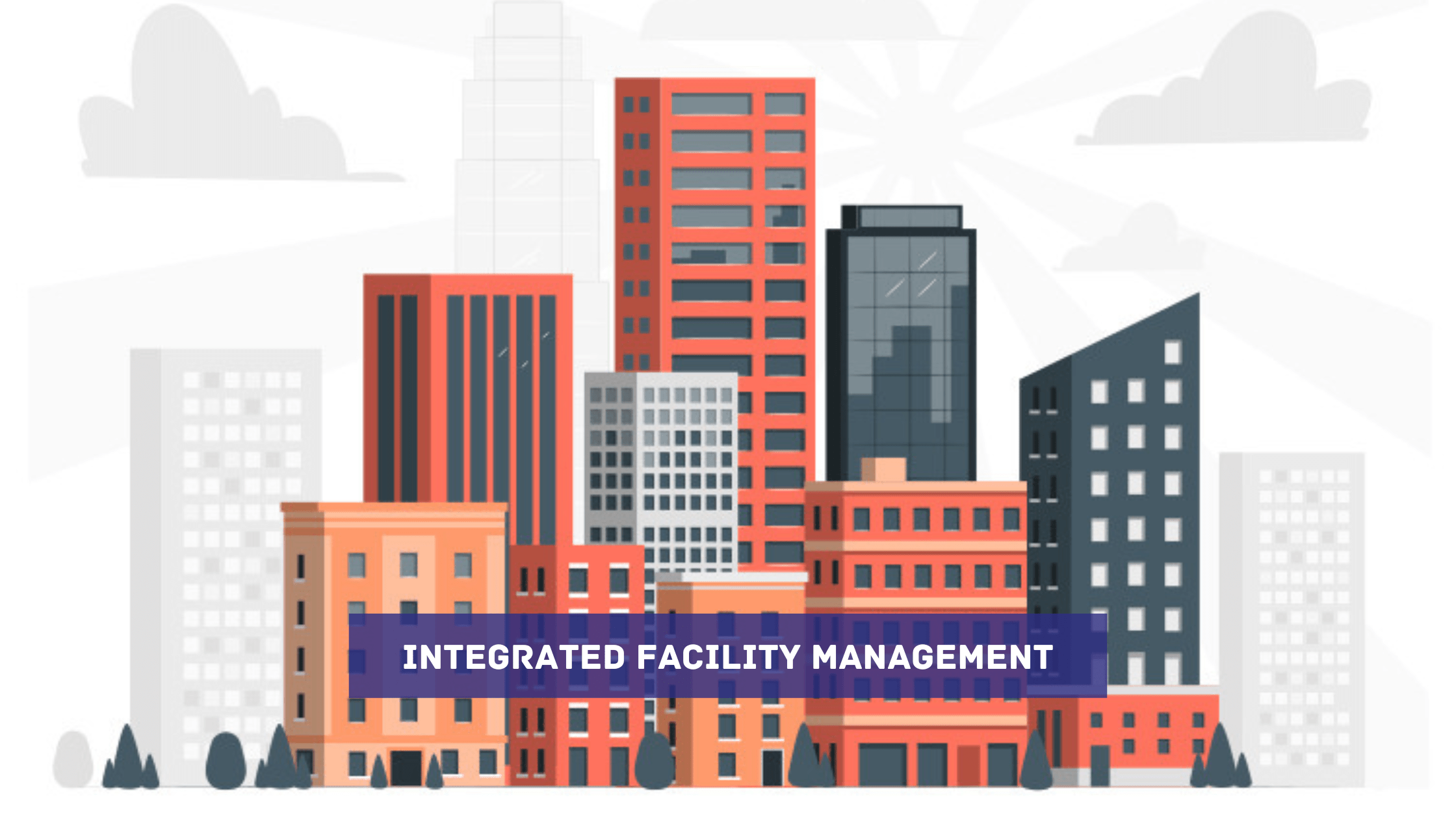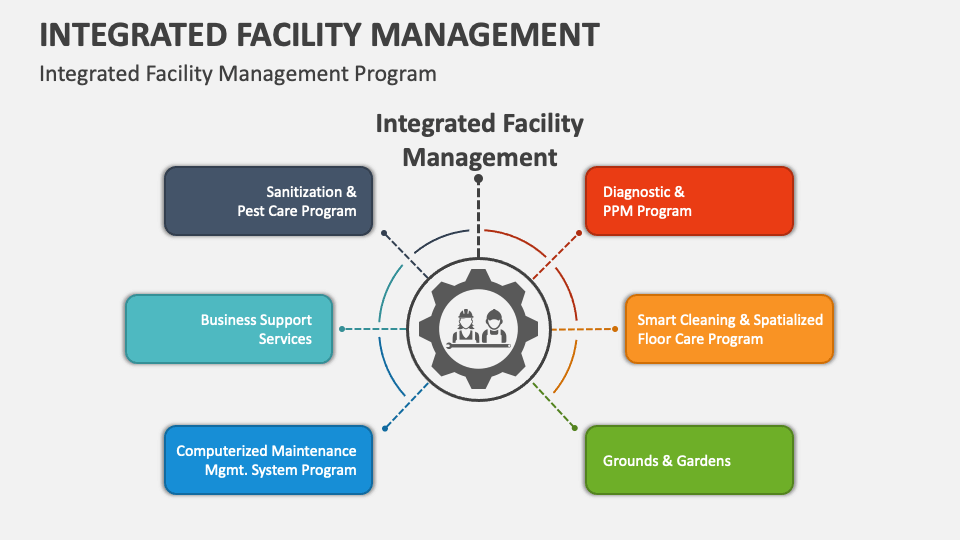The Duty of Facility Management in Enhancing Functional Performance
The Duty of Facility Management in Enhancing Functional Performance
Blog Article
The Vital Guide to Center Administration: Strategies for Success
Center management plays an essential function in the overall success of a company, serving as the foundation that supports safety and security, performance, and productivity. By employing tactical methods such as integrated technological options and fostering cross-departmental partnership, companies can considerably improve their functional structures. Nevertheless, the nuances of efficient center administration expand beyond mere logistics and call for a comprehensive understanding of both measurable and qualitative metrics. As we discover these crucial approaches, a closer evaluation reveals just how they can change not just centers, yet the very society within a company itself. What might these makeovers appear like in practice?
Comprehending Center Administration
What constitutes effective center management? Efficient facility monitoring encompasses the control of various organizational features to ensure that developed atmospheres are secure, reliable, and for performance. Facility Management. It incorporates the concepts of engineering, style, and organization monitoring to create a smooth operational circulation within an organization
Crucial element of facility management include area preparation, upkeep management, and compliance with health and wellness and safety policies. Room planning concentrates on optimizing the use of physical resources to support business goals, while upkeep management makes sure that centers are maintained in ideal problem, making the most of life expectancy and minimizing functional prices. Conformity with regulatory and lawful standards is crucial, as it safeguards the company against possible obligations and enhances its reputation.
Moreover, efficient center monitoring relies upon the strategic usage of modern technology, such as Structure Monitoring Systems (BMS) and Computer-Aided Center Management (CAFM) tools. These modern technologies promote real-time tracking of structure systems and enhance maintenance processes. Ultimately, a comprehensive approach to center administration not only promotes operational performance but additionally promotes a positive environment for site visitors and staff members alike, driving total organizational success.
Secret Techniques for Optimization
Enhancing facility administration requires a tactical method that straightens functional methods with organizational objectives. To attain this, the initial vital strategy is the implementation of incorporated technical services. Utilizing sophisticated software application systems enables real-time monitoring of center procedures, facilitating data-driven decision-making and boosting overall performance.
Secondly, normal assessments of facility efficiency are vital. Conducting routine examinations and audits makes it possible for facility supervisors to determine areas that need enhancement, making sure that resources are allocated effectively. This proactive strategy aids in lessening downtime and boosting service distribution.
Another critical method is fostering cooperation across divisions. By urging open communication between groups, facility supervisors can better align their approaches with service goals, causing improved functional synergy. Additionally, engaging personnel in training programs advertises a society of accountability and enhances their capability to add to optimization initiatives.
Enhancing Security Protocols
Strengthening safety and security procedures is important for creating a safe and secure environment within facilities. An extensive security procedure not just secures site visitors and staff members yet additionally enhances operational efficiency. To achieve this, facility managers must conduct regular risk assessments to identify potential risks and guarantee that suitable steps are in place.
Educating and education and learning are critical parts of reliable security procedures - Facility Management. Workers ought to receive recurring training in emergency situation treatments, devices handling, and individual safety steps. Regular drills, such as fire emptyings or lockdown treatments, foster experience and readiness amongst staff
Additionally, clear communication networks have to be developed to report security issues promptly. This includes creating an easily accessible platform for workers to voice prospective threats or occurrences without worry of retribution. Leveraging innovation can improve safety and security steps; for example, executing monitoring systems and access controls helps monitor center activities and limit unauthorized access.
Finally, compliance with local laws and sector criteria is non-negotiable. Normal audits and testimonials of security protocols make sure positioning with current legislations and ideal practices. By prioritizing these strategies, facility supervisors can cultivate a society of security that shields all stakeholders and ultimately adds to the company's success.
Improving Workplace Atmosphere

Ergonomic factors to consider are necessary to lessen physical stress and check over here discomfort. Facility Management. This involves providing flexible furnishings, correct lights, and ample room for motion. These changes can lead to decreased absence and increased work contentment
Aesthetics play an essential function in shaping the work environment ambience. Making use of color psychology, natural illumination, and greenery can cultivate a welcoming and promoting atmosphere. Thoughtfully designed rooms can increase creativity and boost total wellness.
Furthermore, urging employee involvement through inclusive decision-making processes can enhance the feeling of ownership and belonging. Gathering responses on workplace enhancements and including staff members in the layout process can lead to a more tailored environment that fulfills their requirements.
Finally, promoting health campaigns, such as wellness programs and additional info relaxation areas, can further contribute to a helpful work environment society. By concentrating on these approaches, facility supervisors can effectively enhance the workplace environment, driving both employee complete satisfaction and organizational success.
Gauging Success in Facilities
Measuring success in facility management requires a thorough method that reviews both measurable and qualitative metrics. Measurable metrics generally consist of key performance indicators (KPIs) such as room application prices, energy usage, maintenance expenses, and tenancy degrees. These metrics give a clear picture of operational effectiveness and economic performance, enabling center supervisors to identify locations for improvement and benchmark against market criteria.
Qualitative metrics, on the other hand, concentrate on customer complete satisfaction and worker interaction. Surveys and feedback mechanisms can determine how well the centers satisfy the requirements of occupants, aiding to evaluate the total office atmosphere. This aspect is essential, as a satisfied labor force is typically connected to raised efficiency and retention prices.
To effectively measure success, center managers should also consider incorporating modern technology, such as developing monitoring systems and information analytics tools, to accumulate and examine appropriate information. Regularly examining both collections of metrics allows for a much more well balanced sight of efficiency and educates tactical decisions. Eventually, an effective facility management technique rests on a dedication to continual enhancement, ensuring that both operational performances and individual contentment are prioritized.
Verdict

Facility management plays a crucial duty in the total success of an organization, offering as the foundation that sustains performance, performance, and safety and security.Key components of facility management consist of space preparation, upkeep management, and conformity with health and safety and security laws.In addition, efficient facility monitoring depends on the calculated use of modern technology, such as Structure Administration Systems (BMS) and Computer-Aided Facility Management (CAFM) devices. Ultimately, a thorough method to facility management not just advertises operational performance however additionally fosters a positive setting for employees and site visitors alike, driving overall business success.
Inevitably, a successful facility monitoring approach pivots on a dedication to continual renovation, making certain that both operational effectiveness and individual read more contentment are focused on.
Report this page